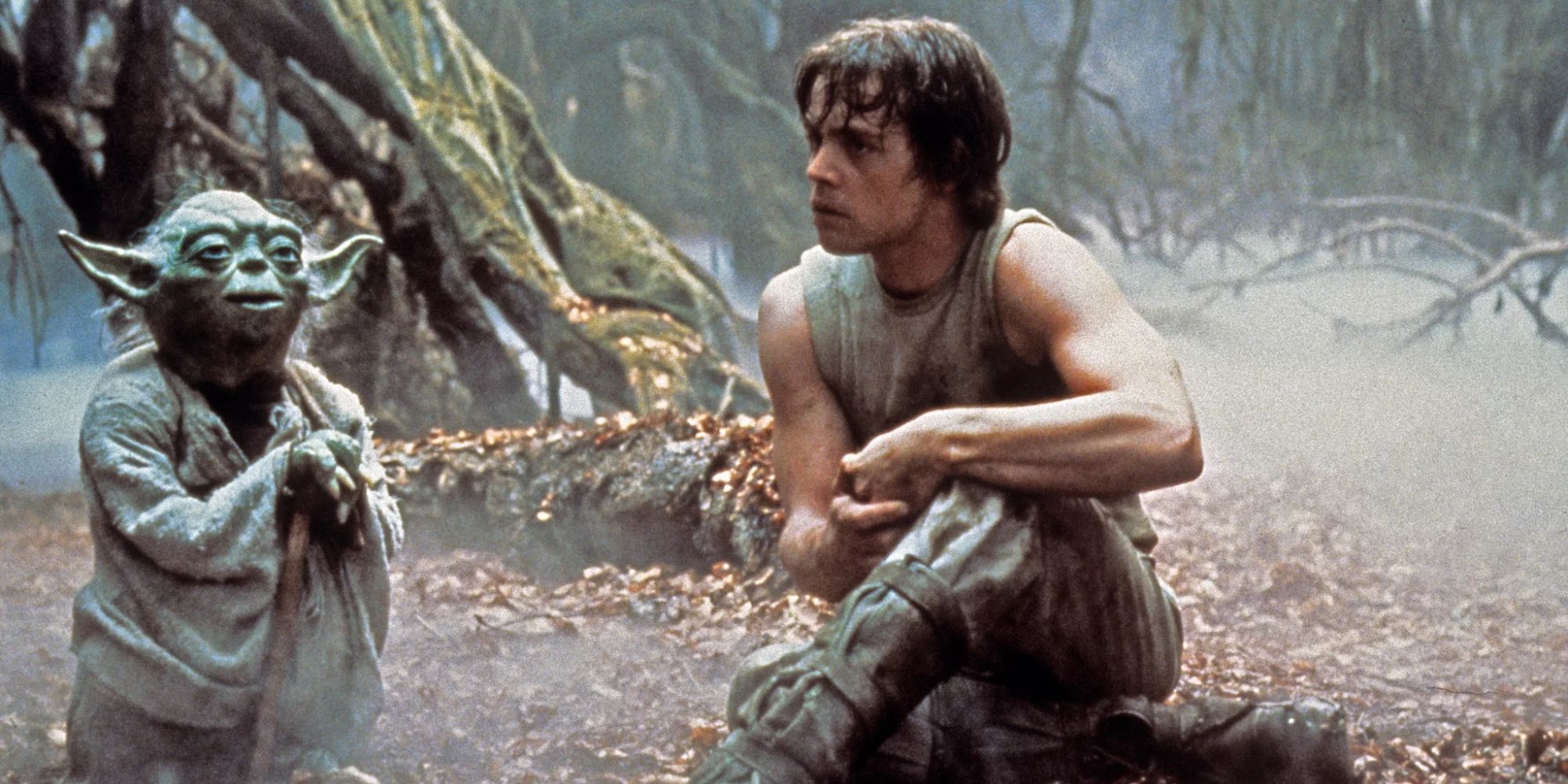

But the ship’s run-down design does more than just build out the world. Luke calls the craft “a piece of junk” when he first lays eyes on it, and rightly so. To illustrate this, here's a storyboard from the iconic Death Star trench run we put together using StudioBinder's storyboard creator.

Of course, practical effects have been used by films since the inception of the medium, but Lucas and his utilized preexisting concepts and pushed them to new heights.Īny involved sequence had to be broken down into individual shots and completed one at a time.

Practical effects played a major role in building out the world (or, rather, worlds) of Star Wars. Star Wars Special Effects Star Wars practical effects explained This meant that Lucas’s expansive vision somehow needed to be realized without breaking the bank. While Superman and King Kong were working with $55 million and $24 million respectively, Star Wars had only $11 million. Thus, the Star Wars’s budget ended up much smaller than other large productions at the time. Finally, 20th Century-Fox agreed to finance the film, but Alan Ladd, the head at the time, was less interested in the special effects of the project than he was with George Lucas as a director. When he finally thought the concept was ready, he and producer Gary Kurtz pitched the project all around tinseltown, and were rejected repeatedly. Here you can read the finished script for Star Wars: A New Hope. When he returned to the concept in 1973, he dove in headfirst, writing for hours and hours, day after day. Meanwhile, Lucas had agreed to make his second film, American Graffiti, so he shelved his space opera for a couple years. But another producer had the rights for Flash Gordon, so Lucas started thinking up his own space epic that would be influenced by Gordon, John Carter, and other serials.


 0 kommentar(er)
0 kommentar(er)
